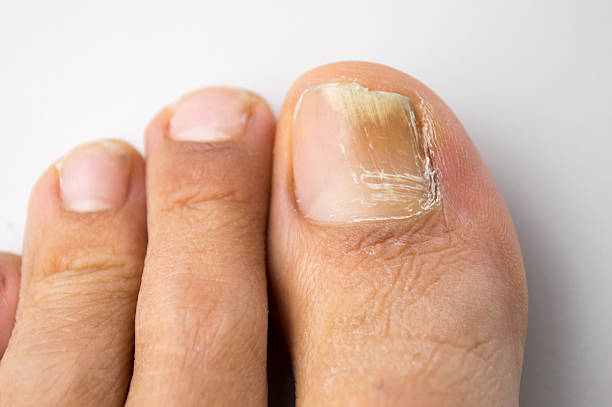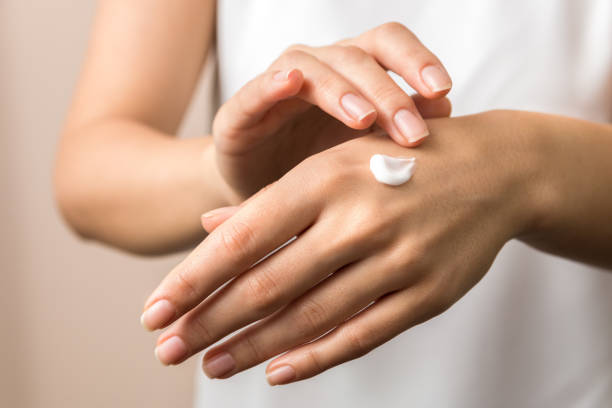
Top 10 cures for fungus:
Treating nail fungus (onychomycosis) effectively typically involves a combination of topical treatments, oral medications, lifestyle changes, and sometimes medical procedures. Here are ten commonly recommended approaches for curing nail fungus:
1. **Antifungal medications**: Topical antifungal treatments, such as over-the-counter creams, ointments, or nail lacquers (e.g., ciclopirox, amorolfine), can be effective for mild to moderate cases. Prescription-strength topical medications may be necessary for severe infections.
2. **Oral antifungal drugs**: Medications like terbinafine (Lamisil) and itraconazole (Sporanox) are commonly prescribed for more severe cases of nail fungus. These drugs are taken orally and work by attacking the fungal infection systemically.
3. **Antifungal nail polish**: Special nail polishes containing antifungal agents like ciclopirox can be applied directly to the infected nails. Regular application over several months can help eradicate the fungus.
4. **Medicated nail cream**: Certain creams or ointments containing antifungal agents, such as terbinafine or ketoconazole, can be applied directly to the infected nails and surrounding skin.
5. **Natural remedies**: Some people find relief from nail fungus using natural remedies like tea tree oil, vinegar, coconut oil, or oregano oil. While these may not be as potent as prescription treatments, they can offer antifungal properties.
6. **Maintaining good nail hygiene**: Keeping nails clean, dry, and trimmed can help prevent fungal infections from spreading and promote healing. Avoid sharing nail clippers or other personal items to prevent the spread of infection.
7. **Wearing breathable footwear**: Opt for shoes made from breathable materials like leather or mesh, and avoid wearing tight-fitting shoes or sweaty socks for extended periods, as moist environments promote fungal growth.
8. **Using antifungal foot powder**: Dusting feet and shoes with antifungal powder can help keep the feet dry and inhibit fungal growth.
9. **Prescription-strength treatments**: In some cases, healthcare providers may prescribe stronger medications or combination therapies to combat stubborn or recurring nail fungus.
10. **Laser therapy or nail removal**: For severe or persistent cases that don’t respond to other treatments, options like laser therapy to kill the fungus or surgical removal of the affected nail may be considered.
It’s important to consult with a healthcare professional to determine the most appropriate treatment for your specific case of nail fungus, as individual factors such as the severity of the infection, medical history, and lifestyle considerations can influence the choice of treatment.


